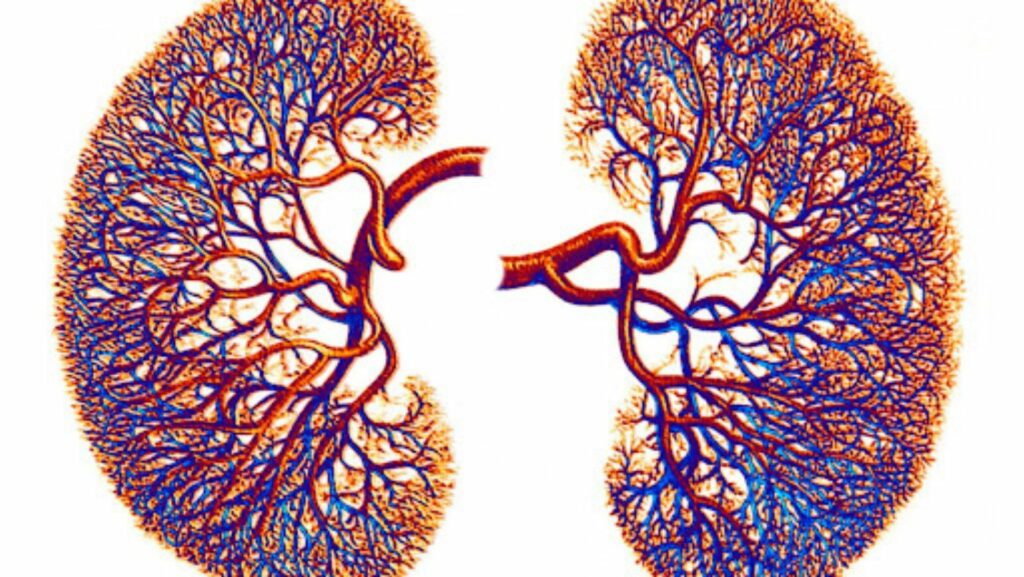Why Do Fluids Leave the Capillaries at the Arterial End
When discussing the intricate workings of our circulatory system, one question that often arises is: why do fluids leave the capillaries at the arterial end? To understand this phenomenon, we need to delve into the physiology of capillary exchange and grasp the forces at play.
At the arterial end of capillaries, there are two primary forces responsible for fluid movement – hydrostatic pressure and osmotic pressure. Hydrostatic pressure, generated by the heart’s pumping action, pushes fluid out of the capillaries and into surrounding tissues. Simultaneously, osmotic pressure created by plasma proteins draws fluid back into the capillaries.
The balance between these opposing forces determines whether fluids leave or return to the capillaries. At the arterial end, hydrostatic pressure tends to exceed osmotic pressure slightly, resulting in a net outward movement of fluid from the capillaries. This allows nutrients, oxygen, and other essential substances to be delivered to body tissues while facilitating waste removal.
Understanding why fluids leave the capillaries at their arterial end sheds light on how our bodies maintain homeostasis and ensure proper tissue function. By comprehending these intricate mechanisms at work within our circulatory system, we can gain insight into how vital nutrients reach our cells while waste products are efficiently removed.
Keep reading our next page!
The Role of Capillaries in the Circulatory System
Capillaries play a crucial role in the circulatory system, acting as the connecting bridge between arteries and veins. These tiny blood vessels, with their thin walls and microscopic size, facilitate the exchange of nutrients, oxygen, waste products, and fluids between the blood and surrounding tissues. But why do fluids leave the capillaries at the arterial end? Let’s delve into this fascinating process.
Hydrostatic Pressure: At the arterial end of capillaries, blood pressure is higher due to the force exerted by the heart pumping fresh oxygenated blood into circulation. This high hydrostatic pressure pushes fluid out of the capillary walls into surrounding tissues.
Osmotic Pressure: Another vital factor influencing fluid movement across capillary walls is osmotic pressure. Within our bloodstream exists a protein-rich plasma that creates an osmotic gradient between the capillary lumen and interstitial spaces. This gradient attracts water back into the capillaries at their venous end.
Interstitial Fluid Balance: Interstitial fluid refers to extracellular fluid found outside cells but within tissues. It serves as a medium for transporting nutrients and waste products between cells and blood vessels. By allowing some fluid to leave at the arterial end while reabsorbing it at the venous end, capillaries help maintain a delicate balance of interstitial fluid volume.
Cellular Exchange: Capillaries also facilitate cellular exchange through small gaps called intercellular clefts or fenestrations in their endothelial lining. These openings allow for direct interaction between blood components (such as oxygen) and surrounding cells’ needs (such as carbon dioxide removal).
Understanding why fluids leave capillaries at their arterial ends is crucial for comprehending how our bodies maintain homeostasis through efficient nutrient delivery, waste removal, and tissue hydration.
In conclusion, the arterial end of capillaries experiences higher hydrostatic pressure, leading to fluid filtration into surrounding tissues. Simultaneously, osmotic pressure and interstitial fluid balance ensure that most of this fluid is reabsorbed at the venous end. This intricate mechanism ensures a continuous exchange between blood and tissues, enabling our bodies to function optimally.
By keeping these processes in mind, we can appreciate the remarkable role played by capillaries in our circulatory system’s overall functionality.


